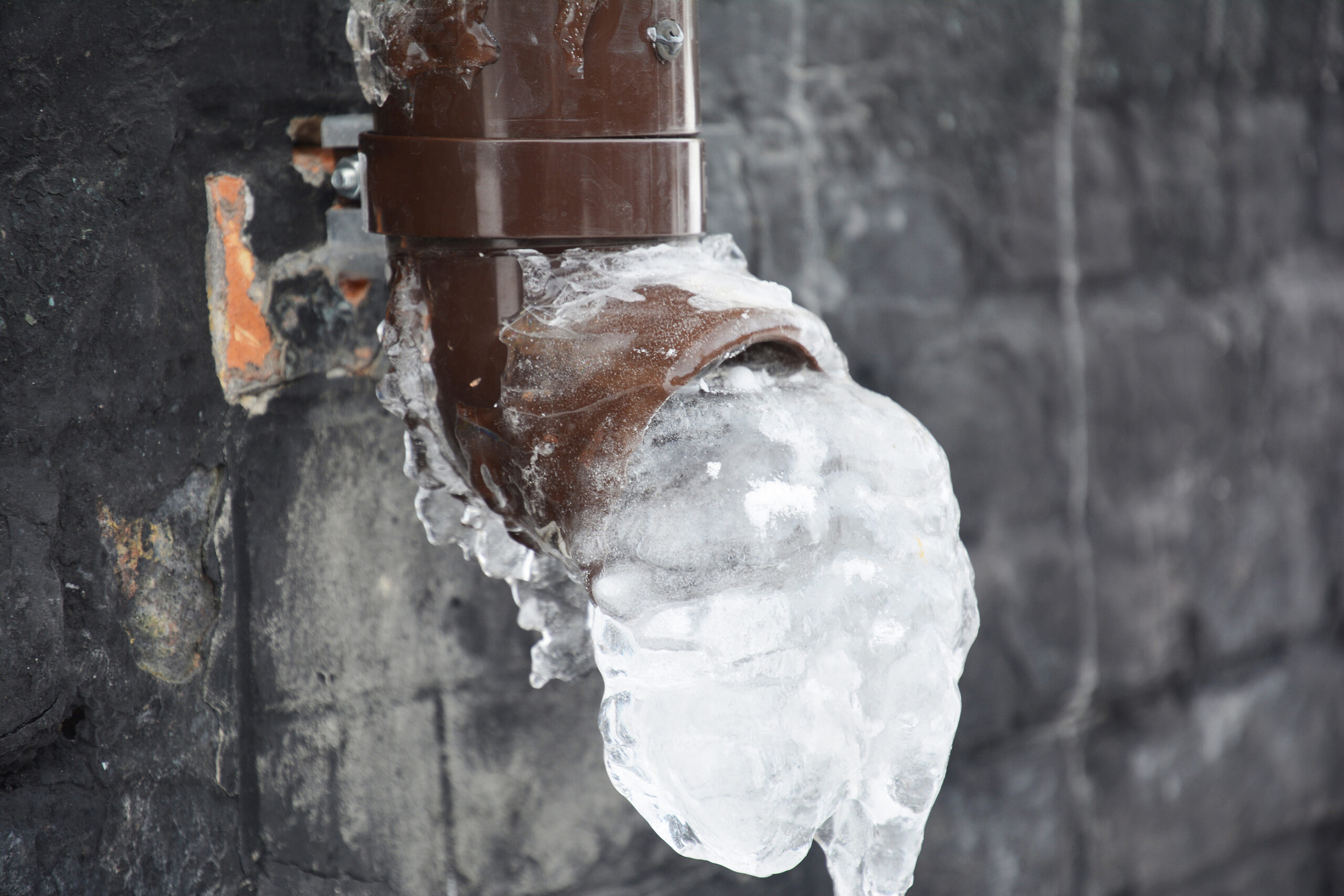Guidance for Preventing Frozen Pipes in Winter: Specialist Tips
Guidance for Preventing Frozen Pipes in Winter: Specialist Tips
Blog Article
The content in the next paragraphs involving Helpful Tips to Prevent Frozen Pipes this Winter is highly fascinating. Read it for yourself and decide what you think about it.

Cold weather can wreak havoc on your pipes, especially by freezing pipelines. Below's how to avoid it from occurring and what to do if it does.
Intro
As temperatures decrease, the threat of icy pipes boosts, possibly leading to pricey repairs and water damages. Understanding just how to stop frozen pipes is crucial for house owners in cold environments.
Recognizing Icy Pipes
What triggers pipelines to ice up?
Pipelines freeze when subjected to temperatures listed below 32 ° F (0 ° C) for prolonged durations. As water inside the pipelines ices up, it broadens, putting pressure on the pipeline walls and possibly causing them to break.
Risks and damages
Icy pipelines can lead to water supply disturbances, home damages, and expensive fixings. Ruptured pipelines can flooding homes and create considerable architectural damage.
Indicators of Frozen Water Lines
Recognizing icy pipes early can prevent them from breaking.
Just how to recognize icy pipelines
Seek reduced water flow from taps, unusual odors or sounds from pipes, and noticeable frost on subjected pipelines.
Prevention Tips
Shielding vulnerable pipelines
Wrap pipelines in insulation sleeves or make use of warmth tape to shield them from freezing temperatures. Concentrate on pipelines in unheated or external areas of the home.
Heating techniques
Maintain indoor spaces sufficiently heated up, especially areas with plumbing. Open closet doors to permit cozy air to circulate around pipelines under sinks.
Securing Outside Pipes
Garden tubes and outdoor faucets
Separate and drain pipes yard tubes prior to winter season. Mount frost-proof faucets or cover outdoor faucets with shielded caps.
What to Do If Your Pipes Freeze
Immediate activities to take
If you believe icy pipes, keep faucets open up to eliminate pressure as the ice melts. Make use of a hairdryer or towels soaked in warm water to thaw pipelines slowly.
Long-Term Solutions
Architectural changes
Take into consideration rerouting pipes far from exterior walls or unheated locations. Add additional insulation to attics, basements, and crawl spaces.
Upgrading insulation
Invest in top quality insulation for pipes, attic rooms, and walls. Correct insulation aids maintain constant temperature levels and reduces the danger of icy pipelines.
Conclusion
Preventing frozen pipes requires proactive procedures and quick feedbacks. By comprehending the causes, signs, and safety nets, house owners can protect their pipes during winter.
6 Proven Ways to Prevent Frozen Pipes and Protect Your Home
Disconnect and Drain Garden Hoses
Before winter arrives, start by disconnecting your garden hoses and draining any remaining water. Close the shut-off valves that supply outdoor hose bibs and leave the outdoor faucet open to allow any residual water to drain. For extra protection, consider using faucet covers throughout the colder months. It’s also important to drain water from any sprinkler supply lines following the manufacturer’s directions.
Insulate Exposed Pipes
Insulating your pipes is an effective way to prevent freezing. Pipe insulation is readily available at home improvement stores and is relatively inexpensive. Pay close attention to pipes in unheated areas such as the attic, basement, crawl spaces, or garage. Apply foam insulation generously to create a buffer against the cold. You can also wrap your pipes in heat tape or thermostat-controlled heat cables for added warmth.
Seal Air Leaks
Inspect your home for any cracks or openings that could let in cold air. Seal any holes around the piping in interior or exterior walls, as well as the sill plates where your home rests on its foundation. Additionally, make sure to keep your garage door closed unless you’re entering or exiting. Leaving it open creates a significant air leak that can lead to frozen pipes.
Allow Warm Air Circulation
During cold snaps, it’s essential to allow warm air to circulate evenly throughout your home. Leave interior doors ajar to promote better airflow. Open kitchen and bathroom cabinets to help distribute heat consistently around the rooms. If you have small children or pets, be sure to remove any household chemicals or potentially harmful cleaners from open cabinets for safety.
Let Faucets Drip
A small trickle of water can make a big difference in preventing ice formation inside your pipes. When temperatures drop significantly, start a drip of water from all faucets served by exposed pipes. This continuous flow helps prevent the water from freezing. Additionally, running a few faucets slightly can relieve pressure inside the pipes, reducing the chances of a rupture if the water inside does freeze.
https://choateshvac.com/6-proven-ways-to-prevent-frozen-pipes-and-protect-your-home/

I was brought to that report about Prevent Frozen Pipes through someone on a different domain. Do you know somebody else who is excited by the niche? Take a moment to share it. Thank you for going through it.
Click Report this page